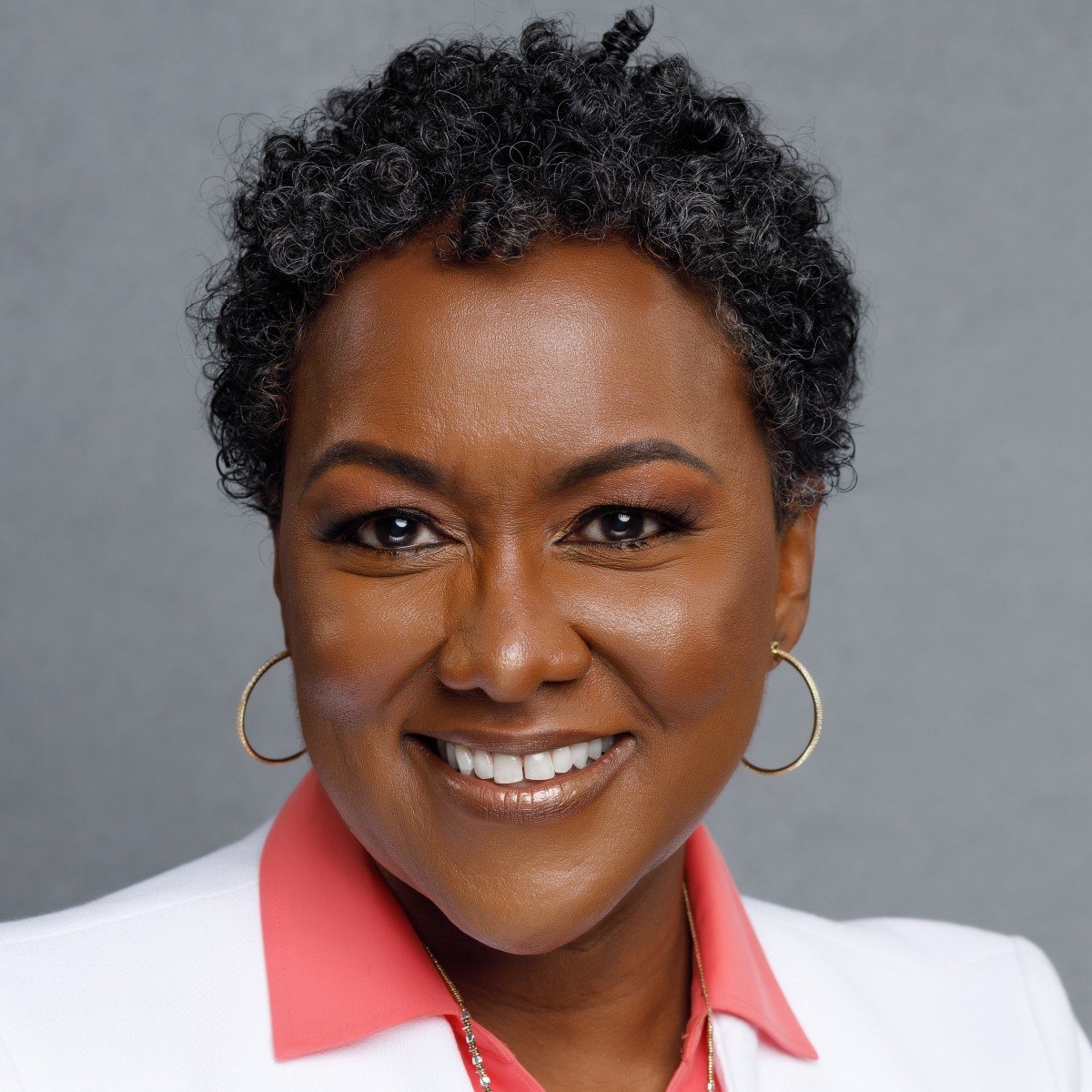Key takeaways:
If you’re considering having a baby, it’s important to be as healthy as possible before pregnancy. If you’re over 35 years old, talk with your provider prior to pregnancy.
Pregnancy at age 35 or greater is considered high risk. In these cases, healthcare providers offer extra medical tests to check the health of the pregnancy.
Men over 40 years old should ask their provider for a sperm count. This can help figure out the chances that your sperm will lead to a pregnancy.
With many celebrities having babies after the age of 50, the possibility of getting pregnant at an older age might seem easy. But it’s a lot harder than it looks.
People often use the term “biological clock” to describe the time when pregnancy is possible. And there’s an actual “fertility window” where most pregnancies happen. This timeline is when the chance is highest to have a healthy, successful pregnancy. This applies to both partners. In terms of age, there’s a finite amount of time to achieve healthy pregnancy.
Pregnancy is less likely over age 40. The rates of infertility and difficulty carrying a baby to term are higher for those over the age of 40.
Search and compare options
What are the most fertile ages to have babies?
The most fertile age range to become pregnant is between the late teenage years and late 20s. If you’re born with a female reproductive system, you have all your reproductive eggs at birth. The eggs live in your ovaries and get released at regular monthly intervals between the ages of 18 and 45. Ovulation is when your body releases an egg.
Pregnancy can only occur after the egg is released. The longer these eggs are in the pelvis, the unhealthier they become. Getting pregnant with the healthiest eggs leads to the healthiest pregnancies.
Those with male reproductive systems have fewer healthy sperm over the age of 40. Age decreases how much sperm and semen you have as well as how fast they move. Sperm has to fertilize an egg for a pregnancy to happen. Just like getting pregnant with healthy eggs leads to healthy pregnancies, having healthy sperm matters, too.
What birth risks are associated with childbearing for older mothers?
Healthcare providers categorize pregnancies as either high risk or low risk. They consider pregnancy low risk when young, healthy people conceive. And providers consider pregnancy high risk when the mother is older or has a medical condition (or develops one). These may be conditions like high blood pressure, heart disease, or diabetes. High risk can also refer to conditions the baby may have or situations where the baby may not grow well inside the mother.
Pregnancy at an older age carries risks for both the mother and baby. Mothers over the age of 35 carry the label of “advanced maternal age.” This is because the risk of pregnancy, birth, and developmental complications are greater in this age group.
Common complications of pregnancy that older couples may face include:
Birth defects
Low birth weight babies
Gestational diabetes (diabetes during pregnancy)
Cesarean delivery (C-section) rather than vaginal delivery
Induction of labor
Read more like this
Explore these related articles, suggested for readers like you.
If you’re of advanced maternal age, your provider will offer special tests and monitoring throughout the pregnancy. These screen for genetic birth defects and the ongoing health of you and your baby. These tests can be as simple as a blood test.
But sometimes you may need to have more invasive tests, such as amniocentesis. In this test your provider puts a needle in the uterus to remove fluid from around the baby. These screenings test for genetic conditions, like Down syndrome, that tend to affect the babies of older mothers.
Any medical condition you have before pregnancy can also get worse during pregnancy. Or it can harm the growing baby. Medical conditions, like high blood pressure and diabetes, are more common as you age. Your provider can counsel you before pregnancy to go over your risks.
What circumstances or conditions can cause infertility?
Aging decreases sperm and egg quality, but it doesn’t actually cause infertility. Anatomic changes become more common with aging. For example, 80% of people with a uterus will develop uterine fibroids. These are noncancerous tumors that change the shape and size of the uterus. These can make it harder to become pregnant.
More common causes of infertility include:
Changes in the uterus (like fibroids, scar tissue, and abnormal lining of the uterus)
Changes or blockages in the fallopian tubes (tubes that carry fertilized eggs to the uterus)
Irregular release of eggs (anovulation)
Low sperm counts or sperm that don’t move properly
What options are there for older people who want to have a baby?
Thanks to advances in medical technology, there are many ways to become parents at older ages. If you think you want to become a parent after age 40, it’s best to talk to a provider 5 to 10 years before you want to conceive. A women's health provider can discuss your options, or you may need a referral to an infertility expert.
Some options that may allow you to have a baby at an advanced age include:
Egg freezing
Sperm freezing
Surrogacy
Uterine transplants
Egg freezing
Egg freezing is an option for conceiving at an older age. The medical term for this procedure is “oocyte cryopreservation.” If you have healthy ovaries, you can plan to freeze your eggs when you’re young and then carry a baby at an older age. This process stops the aging of the egg.
Egg freezing involves receiving medications to help produce more than one egg. A specialist uses a needle to take the healthiest eggs from your ovary and flash freezes them in liquid nitrogen. These eggs never age.
Frozen eggs can be implanted with sperm (either fresh or frozen). Then a specialist can transfer the embryo into your uterus. They’ll give you medications to mimic the changes that occur with spontaneous pregnancy.
Egg freezing requires planning. Providers who specialize in reproductive health often recommend exploring this option by age 32. At this age there’s still plenty of time to find and freeze healthy eggs. Healthy eggs can also be donated to other people having trouble getting pregnant.
Sperm freezing
You can also plan to freeze sperm. You either produce a sperm specimen or a provider uses a needle to extract sperm from the testes. A specialist analyzes the sperm to make sure they freeze only the healthiest specimens. You can save these specimens for personal use or donate them to couples or individuals.
The specimen has to stay frozen at a constant, very cold temperature. So it’s important to choose a reputable lab for your specimen. Your sperm can be split into several vials, or placed in multiple storage tanks. This is so there will be an adequate sample even if one freezer fails.
Surrogacy
If you’re older, you can also carry a baby using someone else’s eggs. Or someone else can carry your fetus in their uterus. This person is called a “surrogate.”
For surrogacy to work, usually you have to enter into a legal agreement. The surrogate is paid to carry the baby for another couple. Many times, the surrogate is required to release their rights to be a parent to the child they carried.
If you’re considering surrogacy, there are agencies that match you with egg donors or people who want to carry babies for others. In most cases you meet with a team of professionals. This may include reproductive subspecialists, attorneys, and counselors. They will guide you through the process. This process takes both time and financial resources.
Uterine transplants
There have been successful uterine transplants from one person to another. To date, only a handful of uterine transplants led to pregnancy. A uterine transplant is a risky, major surgery. The “new” uterus can only achieve pregnancy one time, and you have to deliver by C-section. The transplanted uterus also has to be removed once the pregnancy is over.
People who have had to have their uterus removed may be candidates for this new procedure. If you get a transplant, you'll take multiple medications to make sure your body doesn’t reject it. Just like any other transplant, the donor needs to be a genetic match.
The bottom line
It’s possible to get pregnant and have a baby at older ages. But pregnancy is more likely to occur with younger eggs and sperm. And most healthy pregnancies happen when people are healthy.
There are many factors to consider when trying to achieve pregnancy at an older age — but there are options. Be sure to discuss your desire for pregnancy with your provider. They can give you recommendations on what the journey might look like for you.

Why trust our experts?


References
American College of Obstetrics and Gynecology. (2020). Oocyte cryopreservation.
American College of Obstetrics and Gynecology. (2021). Having a baby after age 35: How aging affects fertility and pregnancy.
Centers for Disease Control and Prevention. (2017). Key statistics from the national survey of family growth - I listing.
Centers for Disease Control and Prevention. (2021). Facts about Down syndrome.
Hamilton-Fairley, D., et al. (2003). Anovulation. British Medical Journal.
Harris, I. D., et al. (2011). Fertility and the aging male. Reviews in Urology.
Herati, A. S. (2022). Sperm banking. Johns Hopkins Medicine.
Lampenin, R., et al. (2009). A review of pregnancy in women over 35 years of age. The Open Nursing Journal.
National Cancer Institute. (n.d.). Definition of surrogate pregnancy.
Wall, A. E., et al. (2020). Two cases of pregnancy following uterine transplant. Narrative Inquiry in Bioethics.

















